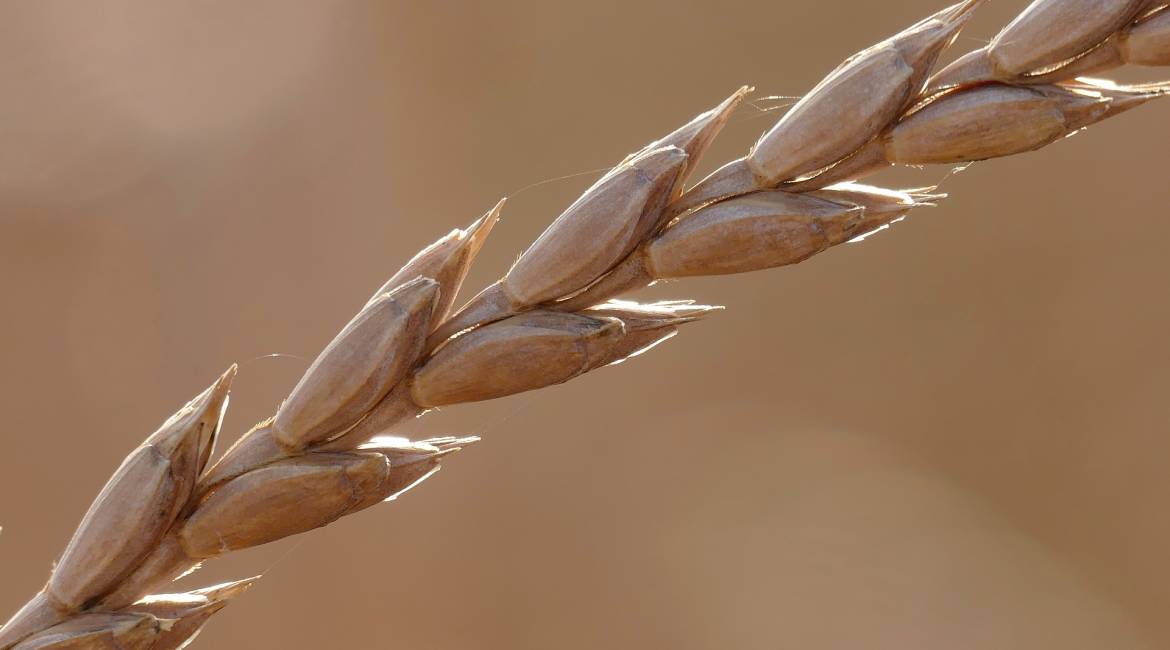Spelled - father of all wheat
Here we are in the second week and the second cereal: Spelt. As we mentioned in the first article on Wheat "the king of cereals"; its ancestor was the
wild monococcal spelt, from which the cultivated monococcal spelt, triticum monococcum derives.
For this reason, monococco spelt is considered the father of all wheat.

The first cultivated forms of cereals date back to the Neolithic period, about 10,000 years ago, in the area called the Half Fertile Moon (area between Israel, Lebanon, Syria, Iraq), when the agricultural system was transformed from pastoral to permanent, thanks to the beginning of cereal crops.
The cultivation of spelt has been handed down until today over the ten thousand years that separate us from the Neolithic.
In Italy the most common spelt species is the spelt dicocco triticum dicoccum, while the spelt monococco has long been cultivated only in sporadic areas and only recently reintroduced in cultivation.
In Northern Europe. On the other hand, spelta triticum spelt is the most known and similar type of spelt to wheat.
 Spelt is an excellent source of complex carbohydrates and dietary fiber, it also contains proteins and mineral salts, in particular phosphorus and potassium, modest amounts of Vitamin B3.
Spelt is an excellent source of complex carbohydrates and dietary fiber, it also contains proteins and mineral salts, in particular phosphorus and potassium, modest amounts of Vitamin B3.
Spelt is more digestible than wheat and has a lower glycemic index.
It can be eaten in grains, or turned into flour.
Spelt grains can be whole, peeled or pearled. Whole grains, i.e. those that still have glumette, must be washed and left to soak for at least six hours before consumption. After soaking, the spelt should be boiled in water for about an hour, placing the beans with two parts of cold water for each part of spelt and bringing to a boil.
Pearled spelt does not need to be soaked and cooks in salted water for about half an hour, while hulled spelt does not need to soak and cooks for about half an hour.
In traditional Tuscan cooking, spelt is widely used especially in mountain areas, in soups and soups with the addition of vegetables and legumes.
I love spelt also in salads or even just boiled and seasoned with oil as a substitute for bread.
In summer it is an excellent base for single dishes, paired with legumes, cheeses, fish and many vegetables!
The salad that I suggest to you for this week is: spelt salad with chickpeas, rocket, walnuts and cherry tomatoes, do not miss it!






